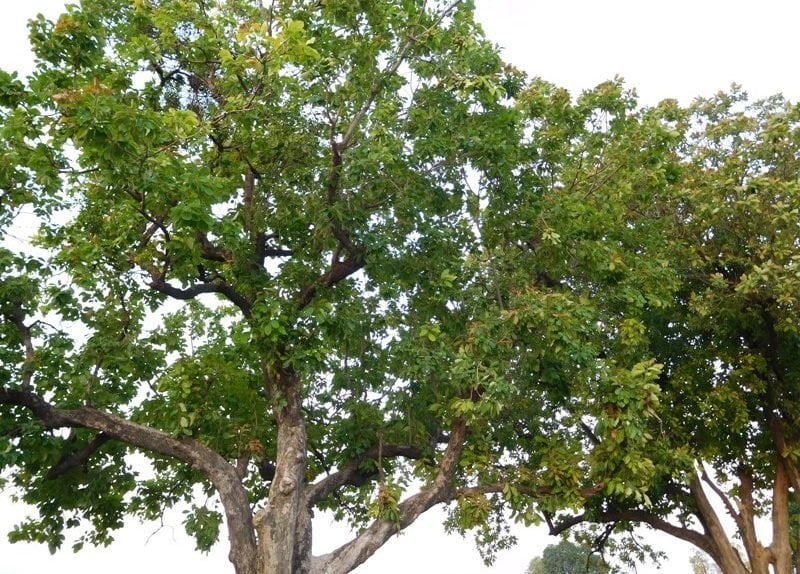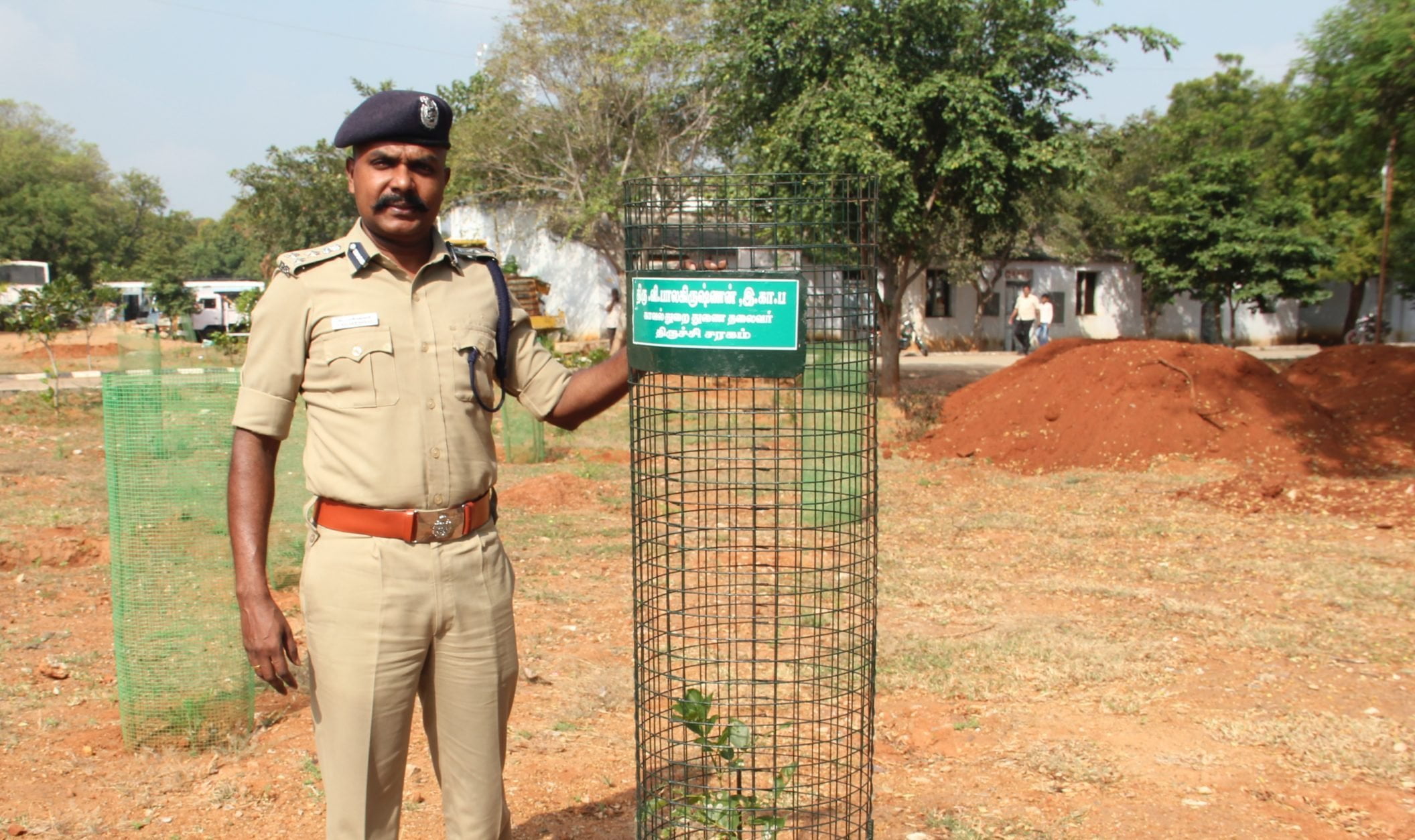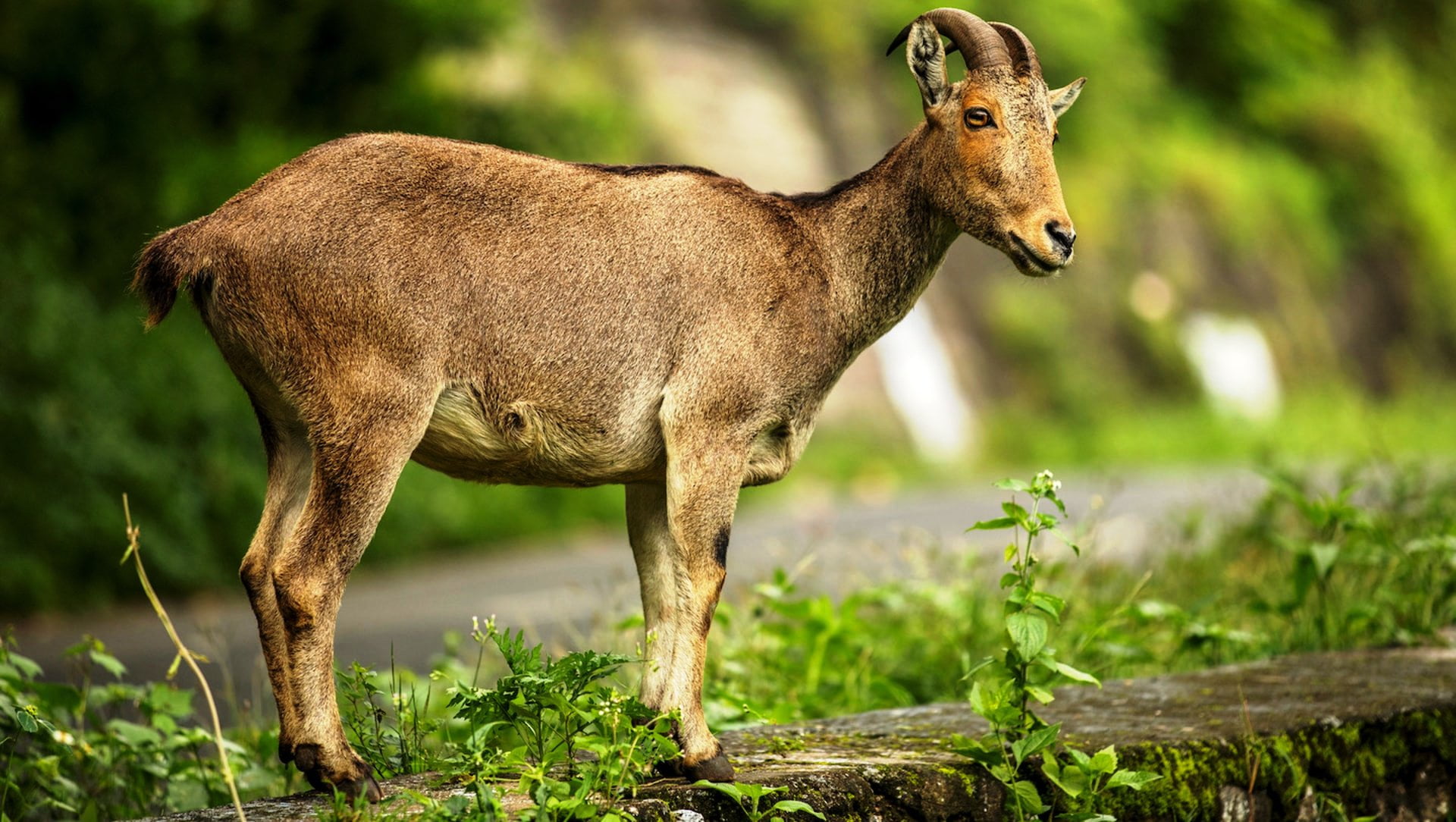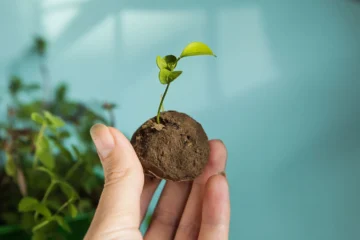Published in the Journal: October 2019
The Mahua tree (known as “Iluppai” in Tamil) is a remarkable tree with deep roots in Tamil Nadu’s natural and cultural heritage. This tree, native to Tamil Nadu, is also found in countries like Nepal, Sri Lanka, and Myanmar, and in Indian states such as Jharkhand, Gujarat, Madhya Pradesh, Bihar, Odisha, and Kerala. In Tamil Nadu, there were over 30,000 Mahua trees in the 1950s, but as of 2015, fewer than 10,000 remain—a troubling decline that highlights the need for conservation.
Thriving in arid climates, Mahua trees can live for over 400 years and grow over 60 feet tall. This longevity and resilience make the Mahua tree ideal for dry regions, where it serves as a critical resource. Nearly every part of the tree—leaves, flowers, seeds, bark, oil, and seed cake—holds medicinal properties that have been valued for centuries.
An ancient Tamil saying goes, “In a village without a sugar mill, Mahua flowers are the sugar.” A mature Mahua tree produces about 300 kilograms of flowers and between 20 to 200 kilograms of seeds annually. The oil extracted from these seeds is used as both a health tonic and an edible oil. The flowers are also valuable for producing sugar, and the byproducts can be used as biofuel.
Medicinally, Mahua oil and flowers are remedies for a wide range of ailments, including snake bites, arthritis, diabetes, cold, cough, hemorrhoids, ulcers, respiratory issues, and skin injuries. Pickles made from Mahua flowers are even considered effective against tuberculosis.
The tree’s dense wood is used for crafting furniture, cooking vessels, cart wheels, wooden crates, and even boats, thanks to its resistance to saltwater. In terms of agriculture, farmers can cultivate 200 Mahua trees per acre, which yields approximately 1,500 liters of oil per year, providing a potential annual income of around 300,000 rupees.
A fully grown Mahua tree, which can be sold at around 1,000 rupees per cubic foot, is worth over 500,000 rupees after 60 years, making it truly a “money-growing tree.” The flowers, bark, sugar, and byproducts further add to its economic value.
Mahua trees also play an essential role in biodiversity. Their fruits are a favorite of bats, whose populations are affected by the decline of Mahua trees. As bats decrease, mosquitoes increase, leading to a higher incidence of mosquito-borne diseases. Hence, planting Mahua trees contributes to ecological balance and disease prevention.
By growing Mahua trees on a large scale, we can preserve soil health and human well-being. This tree, with its environmental, economic, and medicinal benefits, is vital for the future.
V. Jayakumar, Chief Educational Officer, Thiruvannamalai District









